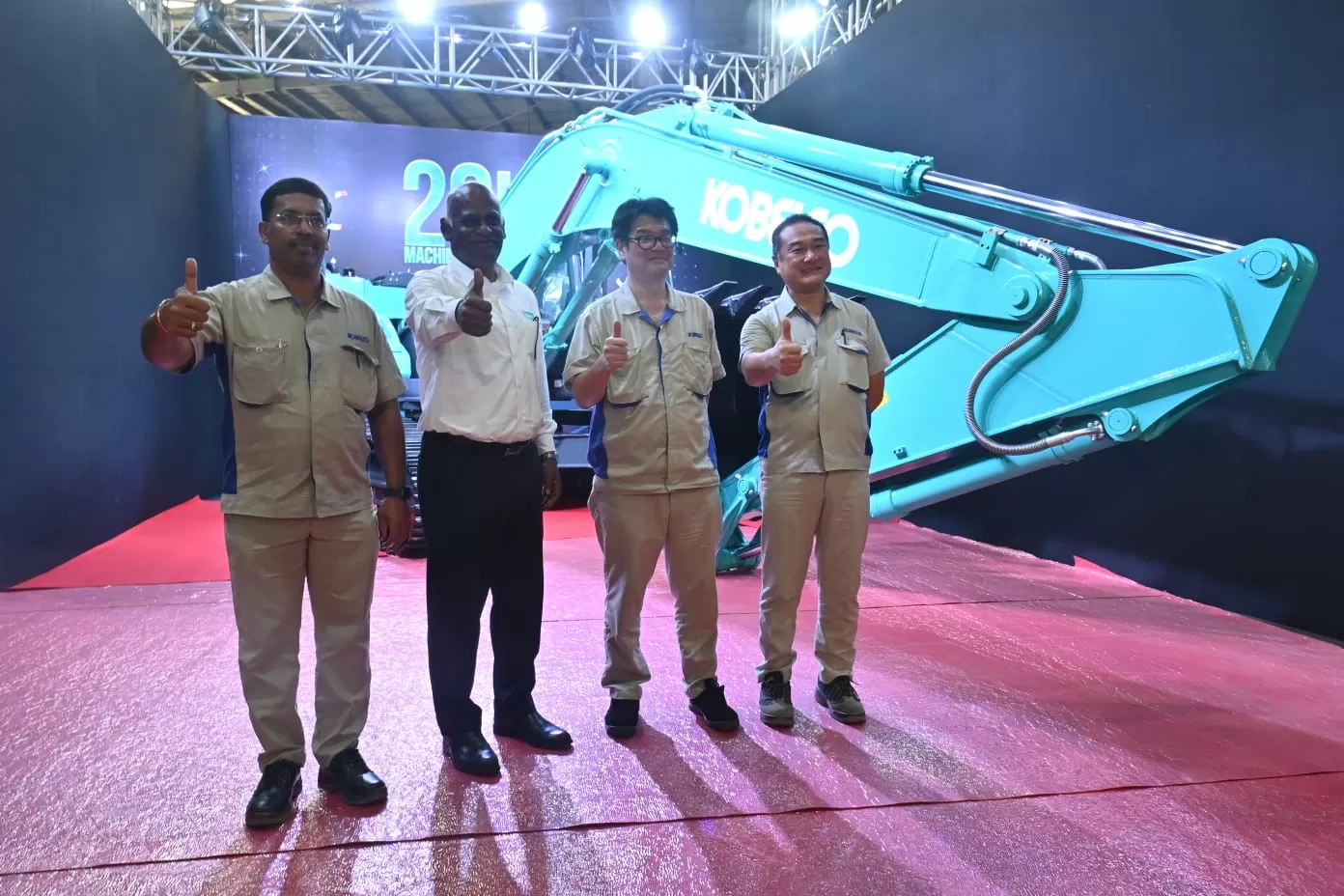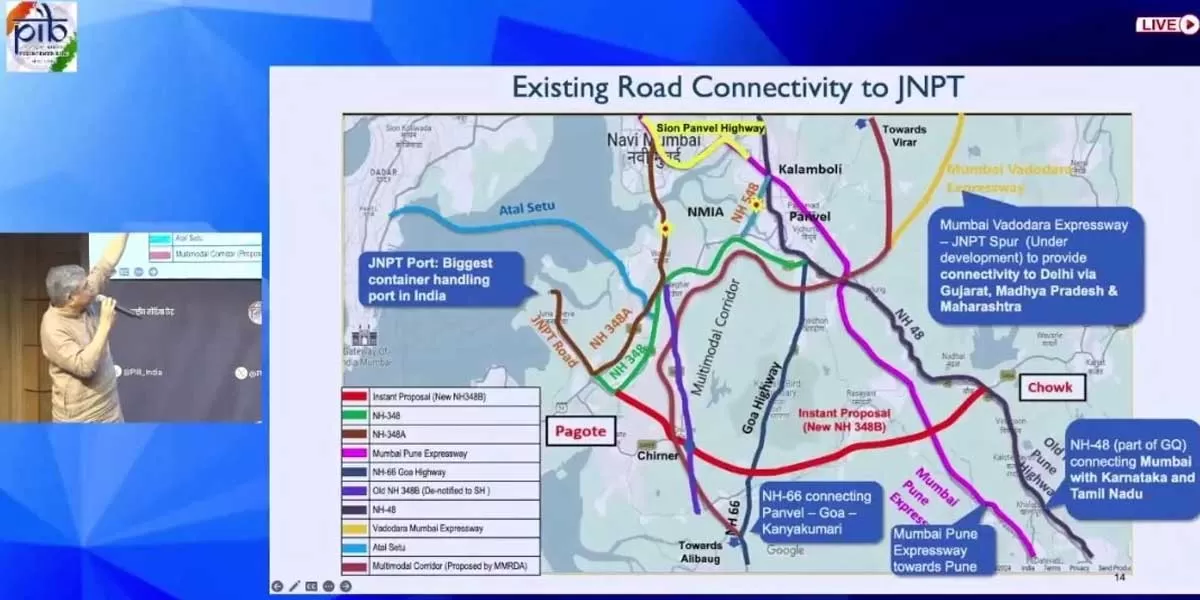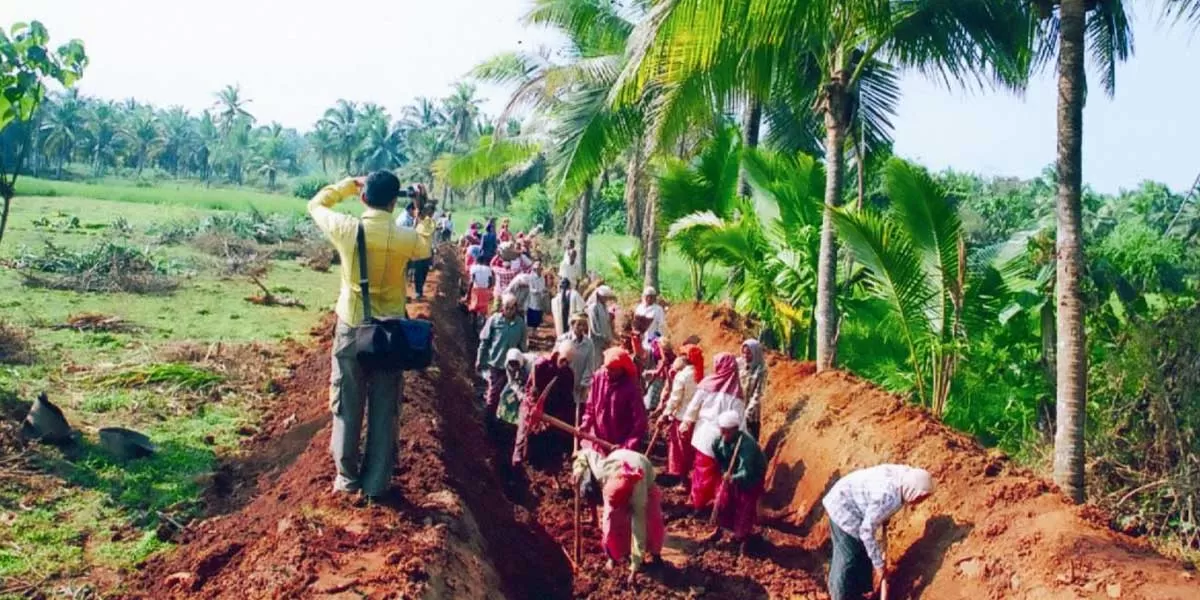The Smart Cities Mission (SCM) of India classified 100 cities, covering 21% of the urban population, for a makeover in four rounds beginning January 2016. The cities were supposed to complete their projects within five years from the date of selection. The projects were to develop core infrastructure and services to make cities more liveable, economically vibrant and environmentally sustainable.
According to government data, 49% of 5,196 projects for which work orders were allotted over 100 smart cities in India remained unfinished.
Of 33 cities that completed their five-year duration this year, 42% of projects are incomplete.
The mission is lagging due to the institutional and fundamental problems with the special purpose vehicles (SPVs)- public-private partnerships who were supposed to implement the mission- unskilled/understaffed labour, lack of citizen participation, etc.
In 2019, nearly 470 million people lived Indian cities, around a third of the total population. It is expected to increase 38.6% by 2026. Rapid urbanisation
Rapid urbanisation will pose even more difficulties associated with waste management, traffic congestion, air pollution, scarce resources and more. Hence, smart cities were to be a solution for these issues.
According to a 2018 study by the Centre for Policy Research (CPR), over 99 cities revealed that around 70% of the funds sourced are from public sources, 25% from PPP initiatives and corporate social responsibility (CSR) funds, 5% from loans, and 1% from user charges.
Smart city Indore faced a scarcity of funds as private agencies refused
from funding in projects whose high revenue demands (recovery costs) were to be satisfied by user charges-citizens had to pay for the high maintenance and running costs but were unable to do so. Chennai and Ludhiana also faced limited investment problems that delayed their progress.
SPVs have been created in each city in a PPP model to implement the mission. However, SPVs ended up bypassing the democratic process.
This structure has also led to delay in projects in the private sector, with projects getting held in the tendering stage where a project examination has to be jointly done by the SPV.
SPV employees also work for the municipality, creating friction among the private partners and government officials. Pune Smart city has not done any developed innovative project which has not already been there. There were also objections that officers in the SPVs were being transferred frequently or were handling multiple positions.
It is expected that India will fall short of 1.1 million urban planners by 2020. On the matter of a lack of town planners, the Committee feels that the 5,500 town planners who are working under the Mission with ULBs are too short.
The Kakinada and Kanpur case studies observed that the SPVs were understaffed. Kochi saw a late start in its initial stages due to the non-availability of project consultants among other reasons. Gwalior also witnessed a lack of experts.
Lutyens Delhi, a previously developed area of the capital city, has been chosen for the area-based development under the mission. Various other cities have chosen well-serviced pockets for development, which will grow urban disparities.
In numerous cases, only a short percentage of a city's population will benefit from the mission: Under area-based urban development projects, only 0.8% of Pune's population will benefit, Ahmedabad (1.5%), Bhopal (1.7%), Aurangabad (2.4%), Lucknow (2.5%), Ludhiana (2.2%), and Patna (2.3%) would also witness a small section benefit. Cities where a high percentage of the population benefits include Vellore and Pasighat (63%), Port Blair (77%), Namchi (74%), Thane (57%) and Dharamshala (51%). Around 17,700 people were removed from their homes due to the SCM in 2018.
The Smart City Advisory Forum to be established in each city permits NGOs and local youths to be members but lacks any platform for civil society and local community representation. This increases concerns about citizens' issues not being heard in the implementation of the project.
The absence of smart citizens further stifles the progress of the mission. For example, waste management, along with using smart technologies such as GPS tracking devices for city sweepers, the relationship between the waste collector and waste generator is basic. Smart cities are centred more on creating accomplished infrastructure such as large-scale plants, etc.
A breakdown of the smart environment dimension revealed that 17 smart cities have strategised to concentrate on cleanliness and clean energy. The second-most prioritised sub-dimensions in 16 cities are- improved air quality, and setting up sustainable infrastructure that includes solid-waste treatment, renewable sources of energy, public toilets, and green cover.
Although Bhubaneshwar and Kochi have been focusing on the environment, New Delhi (NDMC) and Kakinada only have a limited reference to a smart environment.
Four Indian cities--Hyderabad, New Delhi, Mumbai and Bengaluru--witnessed a decline in their positions in the Global Smart City Index 2020, whereas citizens surveyed on technological provisions in five key sectors: health and safety, mobility, opportunities and governance, activities. The survey showed that air pollution is the most pressing issue out of the list of 15 indicators.
Around 40% of the transport projects focus on roads and parking lots and 20% on public transportation, with only 2% of the transport budget assigned to buses.
Image Source
Also read: Smart City scheme: Aurangabad on the verge of moderisation
Also read: Smart Cities Mission brings together govt schemes on affordable housing


















